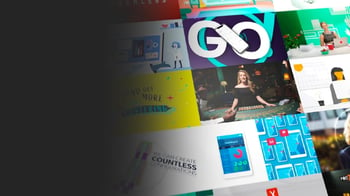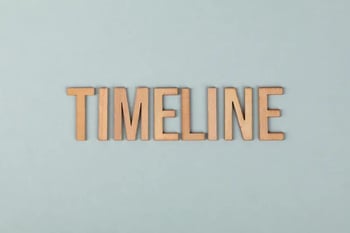Making Animated Videos Accessible: A Guide to Captions and Translations
Discover the power of captions and translations in making your animated videos accessible and engaging for a global audience. Join the inclusivity revolution!
Are you curious about creating animated videos that reach a global audience? If so, you're in the right place. This article focuses on a fundamental aspect of content creation that is often overlooked - accessibility. Specifically, we'll delve into the exciting world of captions and translations. You see, video content is amazing, but if your audience can't understand what's happening, you're missing out on reaching a vast crowd. Let's ensure your videos are inclusive and accessible to all.
The Power of Captions
Before we dive in, let's discuss the importance of captions. What are they, you ask? Simply put, captions are the written version of the spoken parts in a video. They appear on-screen, allowing viewers to read along while watching the video. Captions are a lifeline for those with hearing impairments, but they're beneficial to a wider audience as well.
In an era of mobile viewing, people watch videos in all sorts of environments, many of which are noisy. Think of the commuter on a crowded bus or the parent trying to catch a video while their children play loudly in the background. For these viewers, captions can be incredibly helpful.
The power of captions goes beyond accessibility and convenience. They can also help with comprehension, especially when the video involves complex language or when the speaker has a strong accent. Moreover, captions can significantly increase viewer engagement and retention rates. It's a win-win!
Crafting Quality Captions
Now, let's talk about how to create quality captions. This isn't as simple as transcribing the audio. Instead, you want your captions to capture the essence of your video in a way that's easily digestible.
Firstly, remember that captions should be timely synchronized with the audio. This ensures viewers can follow along without any hitches. For this, you can use professional software like Amara or Rev, or even inbuilt features in platforms like YouTube.
Secondly, your captions should be clear and concise. Avoid long sentences, complex language, and jargon that may confuse the viewer.
Lastly, don't forget to caption important non-dialogue sounds as well, like laughter or an explosion. These are crucial elements of your video narrative and should be accessible to all viewers.
Diving into Translations
Now that we've covered captions, let's talk about translations. Offering your content in multiple languages opens up a vast new world of potential viewers. Not only does this expand your reach, but it also fosters inclusivity, showing your audience that you value their engagement, regardless of their language.
Translation is not just about rendering your captions from one language to another. It's about cultural localization – making sure your content is not only understood but also culturally relevant.
When translating, it's important to be aware of idiomatic expressions, humor, and cultural references. These might not translate directly and may require adaptation. It's often best to work with a professional translator or service to ensure your content is accessible and engaging to your global audience.
Utilizing Translation and Caption Tools
Good news! There are numerous tools and services available to help with captioning and translating your videos.
For captioning, tools like Amara, Rev, or YouTube's auto-captioning feature offer great starting points. They provide automatic captioning, which you can then edit for accuracy.
When it comes to translation, options like Google Translate might seem tempting, but remember our discussion about cultural nuances. Professional services such as Gengo or Straker Translations can provide high-quality, localized translations.
The Final Takeaway
In conclusion, captions and translations are powerful tools to make your animated videos more accessible and engaging. They help you reach a broader audience, and they demonstrate your commitment to inclusivity and understanding.
Remember, quality is key. Invest time and resources to create accurate captions and culturally relevant translations. Your audience will thank you, and you'll see the benefits in your viewer engagement and retention rates. So, let's make your animated videos accessible to all.
Written by Jonathan English CEO for Venture Videos — a full-service video production agency that specialises in producing creative videos & campaigns that get real results.



.webp?width=350&height=425&name=ezgif.com-gif-maker%20(48).webp)



/creatives20-20motion20designers20optimised20webp_compressed.webp?width=350&height=425&name=creatives20-20motion20designers20optimised20webp_compressed.webp)





























/simplify_compressed.webp?width=350&height=425&name=simplify_compressed.webp)